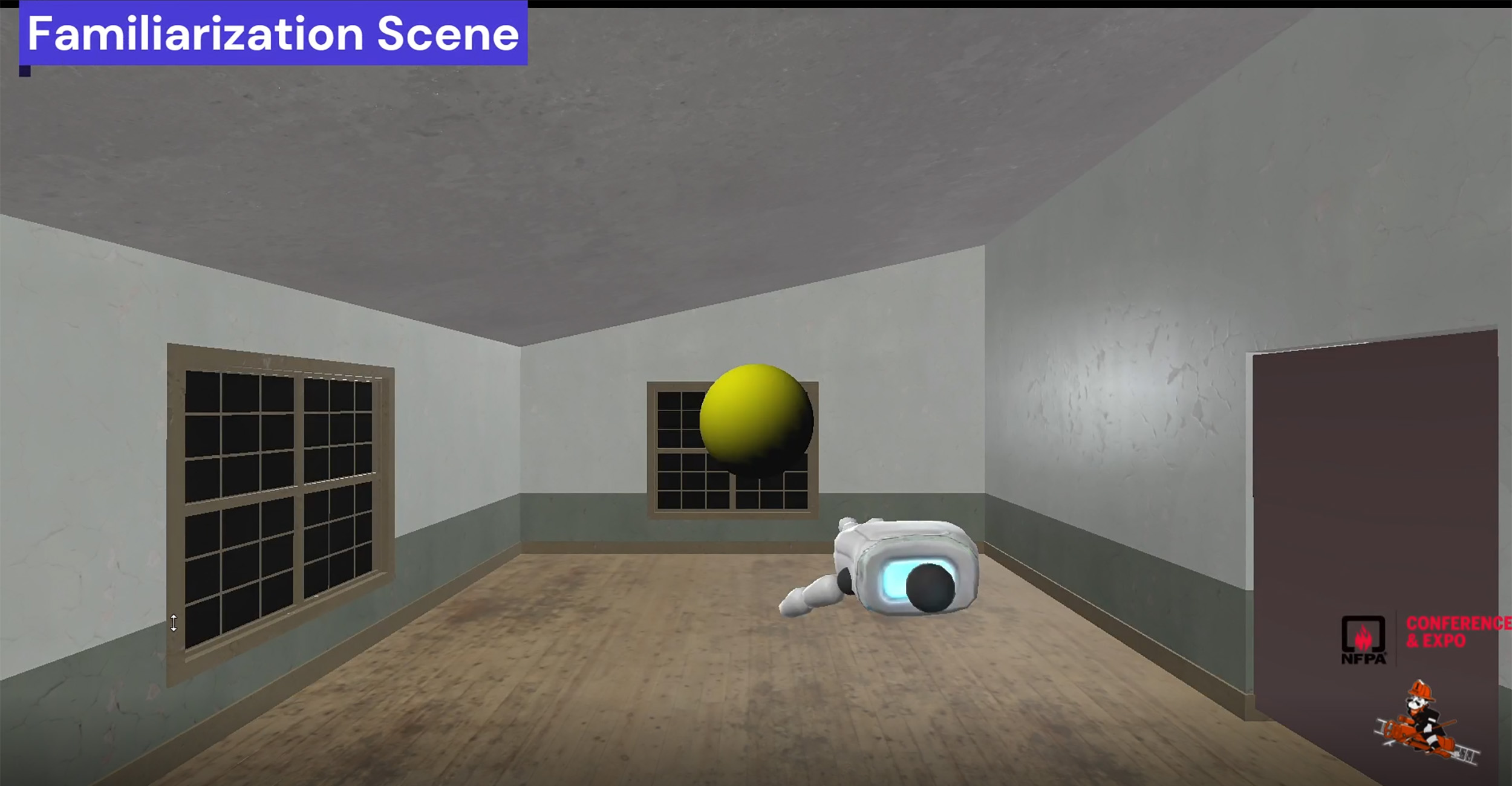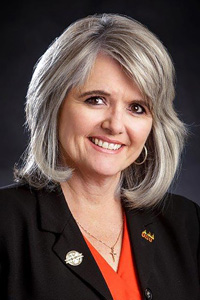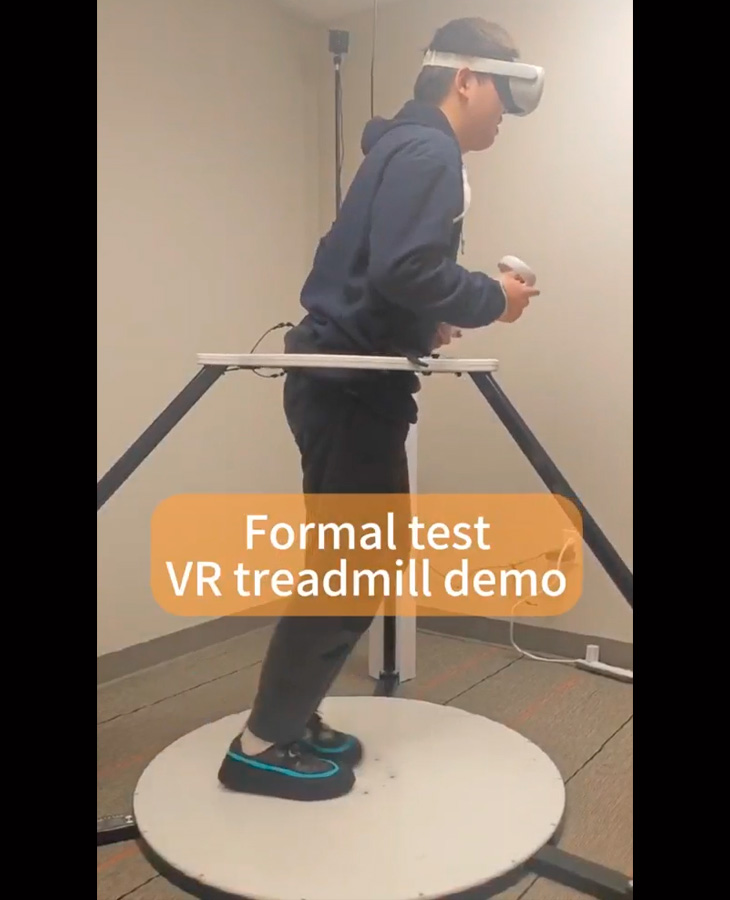
CEAT professors to study virtual reality training for workplace safety
Monday, May 20, 2024
Media Contact: Tanner Holubar | Communications Specialist | 405-744-2065 | tanner.holubar@okstate.edu
Two professors within Oklahoma State University’s College of Engineering, Architecture and Technology are set to embark on a research project aimed at creating training materials for workplace safety by way of utilizing virtual reality as a training simulator.
Dr. Diana Rodriguez Coca, an assistant professor of fire protection and safety engineering technology, and Dr. Leslie Stockel, an associate professor of professional practice in fire protection and safety engineering technology, received a grant from The MEMIC Group for their project: "Virtual Reality Study of Line of Fire Incidents.” The study will begin in fall 2024 and last for two years.
“Line of fire” incidents occur any time a worker in an industrial or construction setting puts themselves in a dangerous situation, or in the “line of fire.”
Stockel said these are incidents in which a worker’s body positioning was situated in a way that a “failure or motion trajectory impacted the person, resulting in a serious injury or fatality."
“Line of fire” refers to the person’s physical positioning in relation to moving or fixed objects, and these types of events can occur in congested work areas.

“The main objective of this project is to develop and assess virtual reality training materials to increase manufacturing/construction workers awareness levels for the prevention of serious or fatal injury related to being struck by or caught in-between equipment due to physical placement,” Stockel said. “Recent studies have identified the ‘line of fire’ phenomenon as a contributing cause to these fatal events.”
The VR scenarios, which will be based on real-life instances that resulted in a workplace fatality, will be created by Tanvir Rahman Rifat, who will study under Rodriguez Coca and Stockel as he works toward his MS in engineering technology with an option in fire safety and explosion protection.
Rodriguez Coca said the research will come in two phases, first with people with no training and then with the same people once training materials have been created. The research's objective, Rodriguez Coca said, is to analyze the training tools.
“He’s going to build the virtual reality environment, and then we will draw people: workers, staff members, professors and students, for example,” Rodriguez Coca said. “We will check how many of those participants position themselves in the line of fire, analyze the data and after that, create training materials. We will train some workers and then put them in the environment again to see if there is any difference after using the training materials we designed.”

Participants will be put into a VR scenario in which they will identify hazards and risks of “line of fire” workplace situations. The study will then see if participants raise their awareness levels to prevent serious or fatal injuries.
Stockel said The U.S. Bureau of Labor Statistics reported for 2021 that 14% of workplace fatalities were related to some form of contact between a worker and materials, including being struck by, struck against, or caught in or between equipment or objects. The 2020 National Safety Council report on Accident Facts noted that 16.7% of all cases of employees missing days of work were due to employees coming into improper contact with objects and equipment.
The study will take place in the VR studio of the Fire Protection and Safety Engineering program. Rodriguez Coca and Stockel agreed that there are a lot of potential safety training scenarios that can be undertaken with virtual reality.
There is no risk to participants within the safety of a VR simulation. It provides safety, cost savings and better efficiency because there is less time required for training, Stockel said.
“Previous studies have found that the VR experience promises well for education, especially compared to traditional education,” Stockel said.
This study will provide results that can be used to expand the knowledge of the field and inquiry for developing future training materials that will look at reducing the short- and long-term impacts to workplace safety and employee health.
